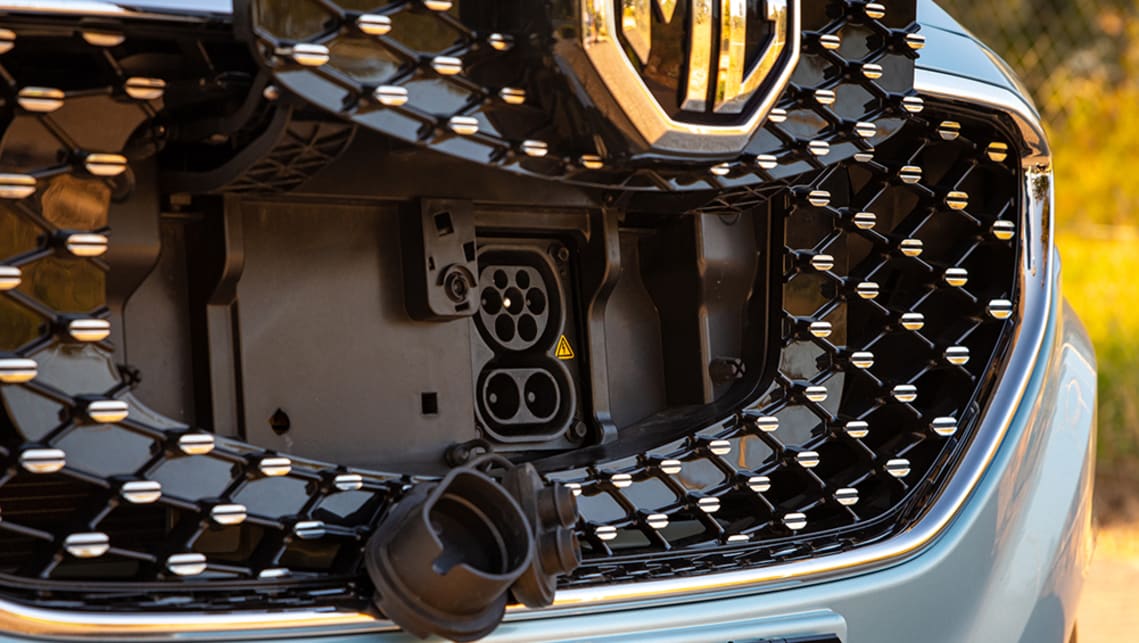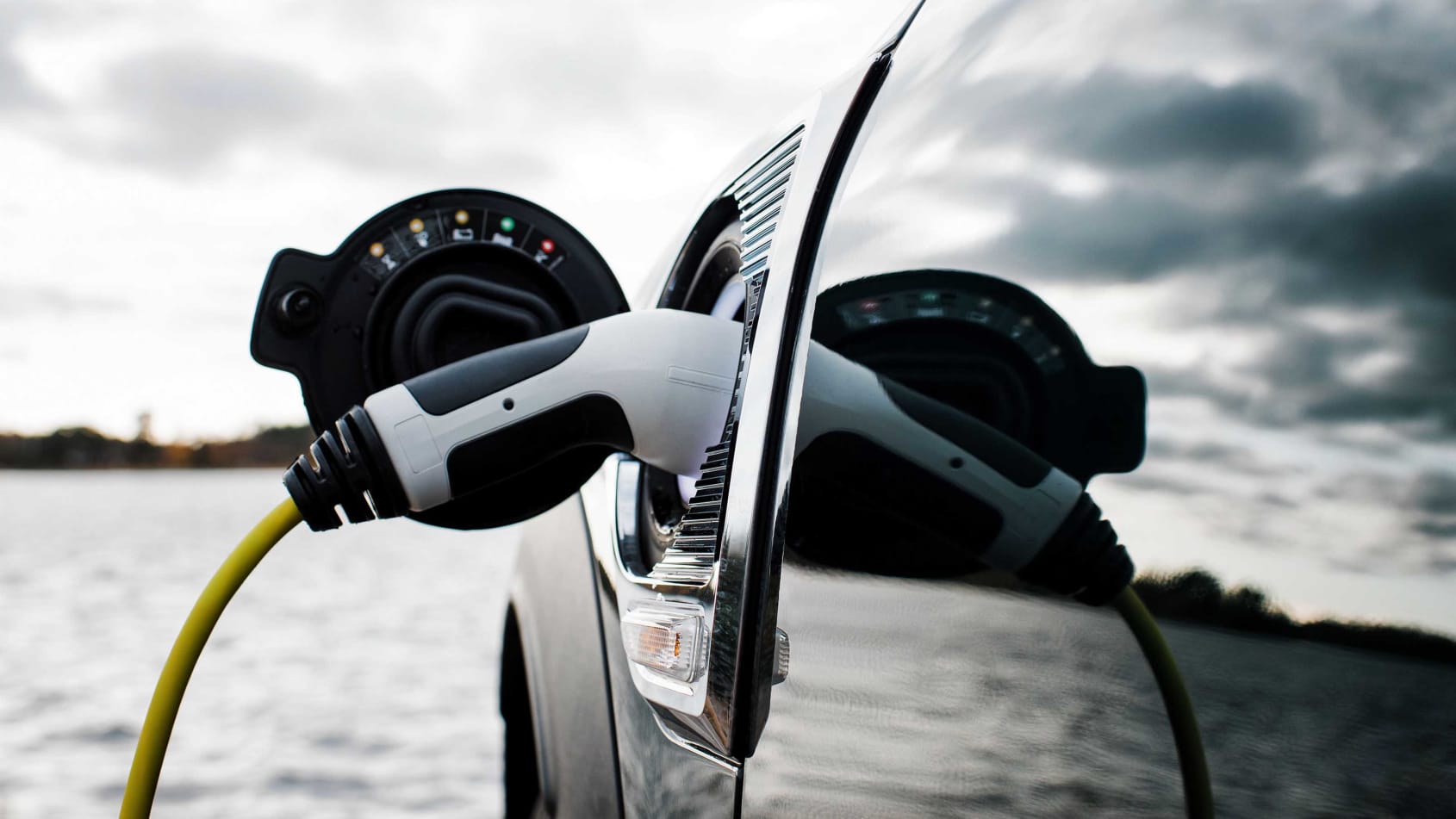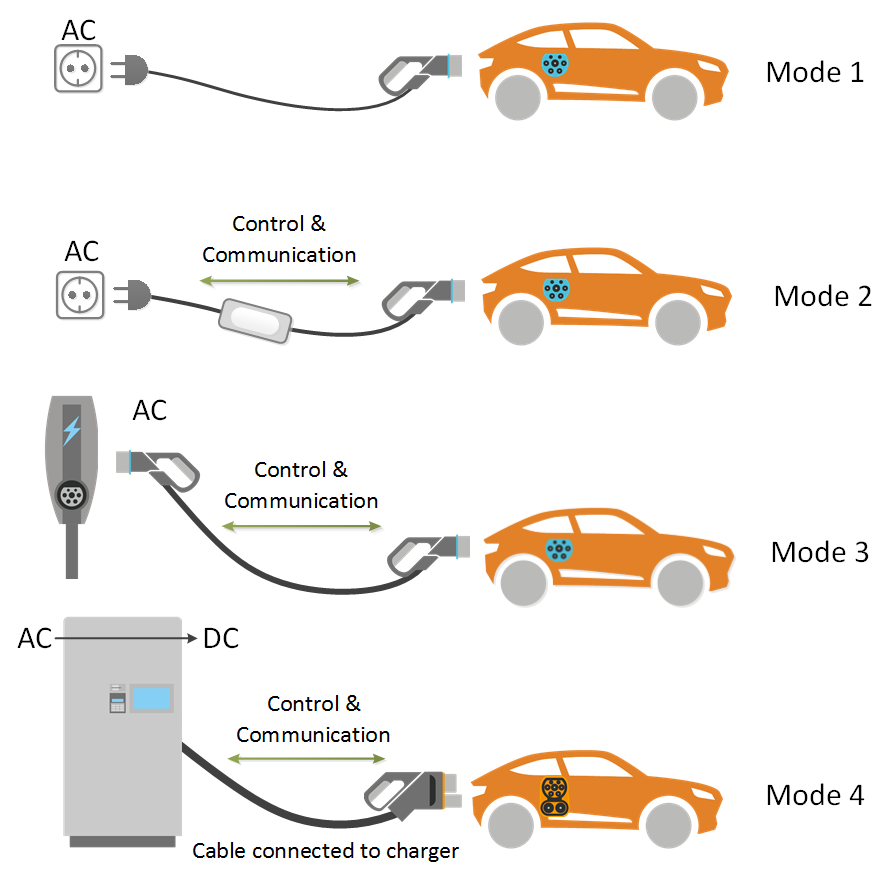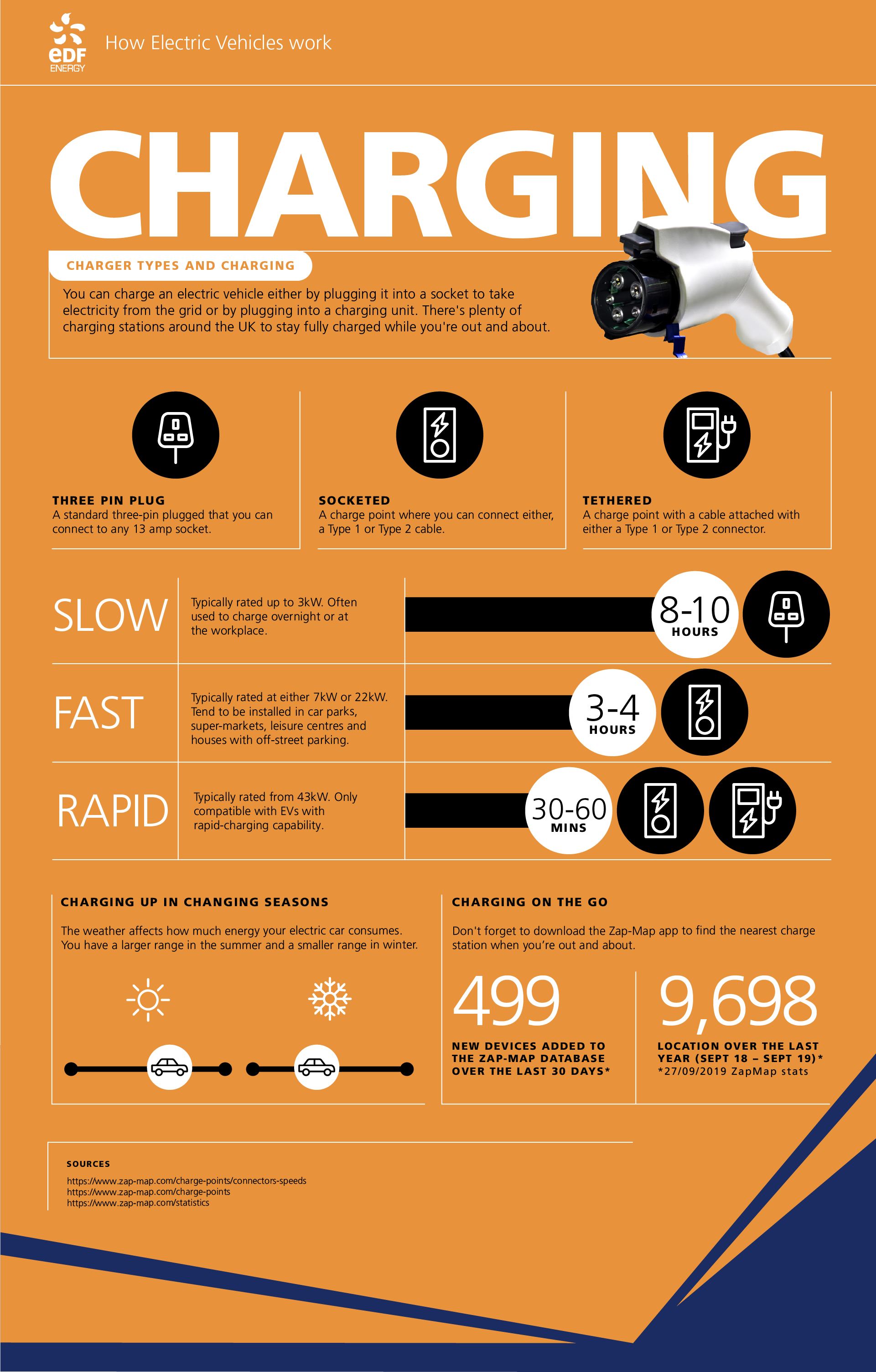Electric cars are changing the game when it comes to driving on the roads. Not only are they eco-friendly, but they are also fun and easy to drive. One thing that electric car drivers need to be familiar with is the different types of charging companies and connectors. Let’s take a look at the different types of EV charging connectors:
Type 2 (Mennekes) Connector

The Type 2 (Mennekes) Connector is a European standard and is used by most electric car brands. It has an oval-shaped socket with seven pins and can offer both AC and DC charging. The connector has a maximum power output of 43 kW. One great advantage of this connector is that it can be used for both home and public charging stations, which makes it very convenient for EV drivers.
CHAdeMO Connector

The CHAdeMO Connector is a connector that is used by Japanese car brands. It has a two-pin connector and provides fast charging speeds. The maximum power output of this connector is 62.5 kW and it is capable of deploying up to 50 kW of charging power to batteries. This connector is most commonly used for DC fast charging stations and is suitable for long-distance travel.
CCS (Combined Charging System) Connector

The Combined Charging System (CCS) Connector is primarily used by American car brands. It has two pins, for DC fast charging, and an additional seven pins for AC charging. This connector has a maximum power output of 350 kW, making it one of the fastest charging options available. The CCS connector is best used for topping up your car’s battery when you are out and about, rather than for home charging.
Inductive Charging

Inductive Charging is one of the best things to ever happen in the world of electric cars. This method uses an electromagnetic field to transfer energy between two coils, a mat and a charging pad, without any direct connection. The mat builds up a magnetic field that transmits power to the car’s charging pad, which is installed in the car. Although this is still a relatively new technology, it has the potential to replace connectors as the primary way of charging EVs.
Superchargers

Superchargers use a DC charging standard and they are mostly found along major highways and routes. They have a high voltage output - between 200 to 500 volts - which means that they can charge your EV within an hour or less, depending on your car’s battery capacity. Superchargers provide an excellent charging solution for long-distance travel, and the cost of charging is often cheaper than other charging options.
EV Charging Modes

There are various charging modes that you can use to charge your electric vehicle. Mode 1 and Mode 2 charging usually involve plugging your EV into an AC charging station via a standard home plug. This method is slower and best used for overnight charging. Mode 3 charging involves using a separate charging box, which speeds up the charging process. This mode is ideal for charging at work or in public spaces. Mode 4 charging is the fastest mode, and it uses a DC charging unit.
Cost to Charge EV in UK

When it comes to the cost of charging an EV, the rate depends on a variety of factors. Generally, overnight home charging is the cheapest option, with the cost per kWh being roughly 14p (pounds) in the UK. Public charging points cost around 25p/kWh, while rapid charging points cost around 35p/kWh. It is important to research and compare prices before choosing a charging option.
Electric cars are the future of driving, and having a solid understanding of the different EV charging connectors and modes can help make your transition to electric driving smoother and more enjoyable. With the right charging options and a full battery, you can hit the road and enjoy the ride without worrying about your car running out of power.
If you are looking for CHARGING BASICS 101: How to charge an Electric Vehicle: Plug-in you've came to the right web. We have 8 Pictures about CHARGING BASICS 101: How to charge an Electric Vehicle: Plug-in like Electric Vehicle Charging Levels, Modes and Types Explained | Electric, CHARGING BASICS 102: Electric Vehicle Charging Levels, Modes and Types and also Ideanomics Reports 503 EV Units Processed for July & August an Increase. Read more:
CHARGING BASICS 101: How To Charge An Electric Vehicle: Plug-in
 www.emobilitysimplified.com
www.emobilitysimplified.com charging electric vehicle modes charge levels ev types plug battery explained wireless mode vs different swap charger level ac car
CHARGING BASICS 102: Electric Vehicle Charging Levels, Modes And Types
 www.emobilitysimplified.com
www.emobilitysimplified.com charging levels types explained modes electric vehicle ev vs europe north plug vehicles different current america basics power connector cables
EV Charging Modes | Deltrix Chargers
 deltrixchargers.com
deltrixchargers.com Electric Vehicle Charging Levels, Modes And Types Explained | Electric
 www.pinterest.com
www.pinterest.com chargers modes charger tata charge nexon cables ccs chademo bharat supercharger vehiclesuggest
Different Types Of Charging Stations For Electric Vehicles
 evduniya.com
evduniya.com EV Plug: Electric Car Charging Connector Types, Plugs & Adaptors
 www.carsguide.com.au
www.carsguide.com.au ev charging mg carsguide
Cost To Charge Ev Uk : How Much Does It Cost To Charge An Electric Car
 badrenovieren04.blogspot.com
badrenovieren04.blogspot.com edfenergy
Ideanomics Reports 503 EV Units Processed For July & August An Increase
 www.prlog.org
www.prlog.org q2 ideanomics
Charging levels types explained modes electric vehicle ev vs europe north plug vehicles different current america basics power connector cables. Ev charging modes. Charging electric vehicle modes charge levels ev types plug battery explained wireless mode vs different swap charger level ac car
0 Comments